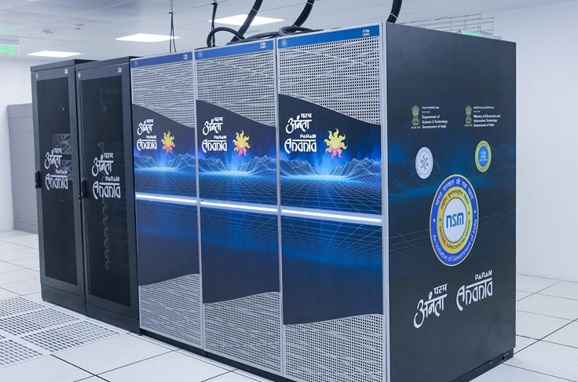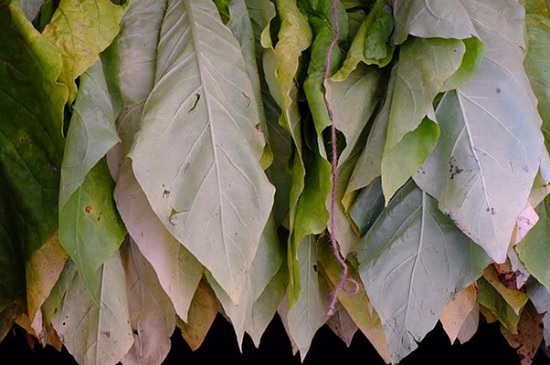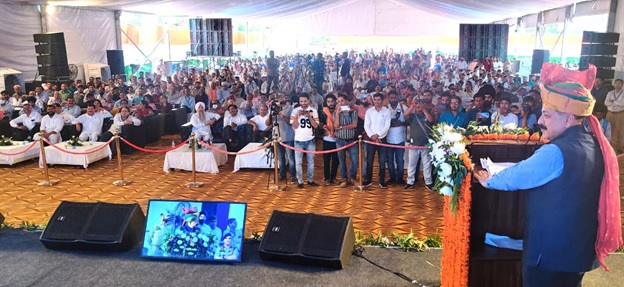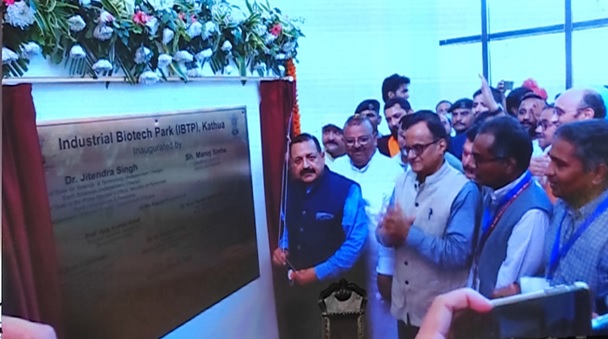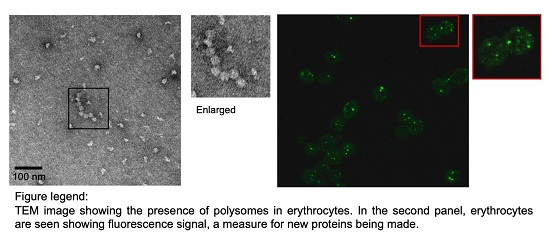
Image Courtesy: IISc, Bengaluru
The process by which the mRNA codes for a particular protein is known as translation. It is the final step in which an mRNA carrying information from DNA synthesises proteins. It is a necessary process performed by almost all living cells, leaving erythrocytes (Reb Blood Cells or RBCs), which are believed to be the only exception. A research team led by Sandeep M Eswarappa, Associate Professor, Department of Biochemistry, Indian Institute of Science, Bengaluru, has identified that mature human RBCs can also make their proteins.
Unlike other cells of the human body, RBCs do not have a nucleus. They have a long lifespan of nearly 115-120 days. Though initially thought to be mere bags of proteins, these cells are now metabolically active and have a comprehensive collection of mRNAs, micro RNAs, and other long non-coding RNAs. As these cells perform metabolic functions, these proteins must be replenished. But, proteins rarely remain stable for 120 days, the lifespan of an RBC. The researchers discovered the presence of active translation in these cells.
The process by which the mRNA codes for a particular protein is known as translation. It is the final step in which an mRNA carrying information from DNA synthesises proteins. It is a necessary process performed by almost all living cells, leaving erythrocytes (Reb Blood Cells or RBCs), which are believed to be the only exception. A research team led by Sandeep M Eswarappa, Associate Professor, Department of Biochemistry, Indian Institute of Science, Bengaluru, has identified that mature human RBCs can also make their proteins.

Study involved techniques such as metabolic labelling using [35S]-methionine and RiboPuromycylation to study this process in erythrocytes. With the help of electron microscopy the researchers could see actively translating ribosomes – polysomes – and the translation machinery, in these cells. Isolation of polysomes and RNA-sequencing of the mRNAs associated with it provided information on the proteins that were being synthesised. The analysis identified HBA (α-globin) and HBB (β-globin), the components that make haemoglobin, that are primarily synthesised in these cells. Furthermore, it was also observed that mature erythrocytes showed reduced expression of globin proteins (α- and β-) when treated with translation inhibitors.
The Researchers believe that this study would open new avenues to treat group of disorders like haemoglobinopathies, which happen due to abnormal production or structure of the haemoglobin molecule. Currently, the treatment for these disorders includes targeting precursors of the blood cells from bone marrow, which is quite challenging. By discovering the translation process in these cells, they can now proceed to regulate the protein expression directly in these highly accessible cells, making developing therapeutic strategies for such disorders easier.
India Science Wire
ISW/SM/PROTEIN SYNTHESIS/ENG/07/11/2022

